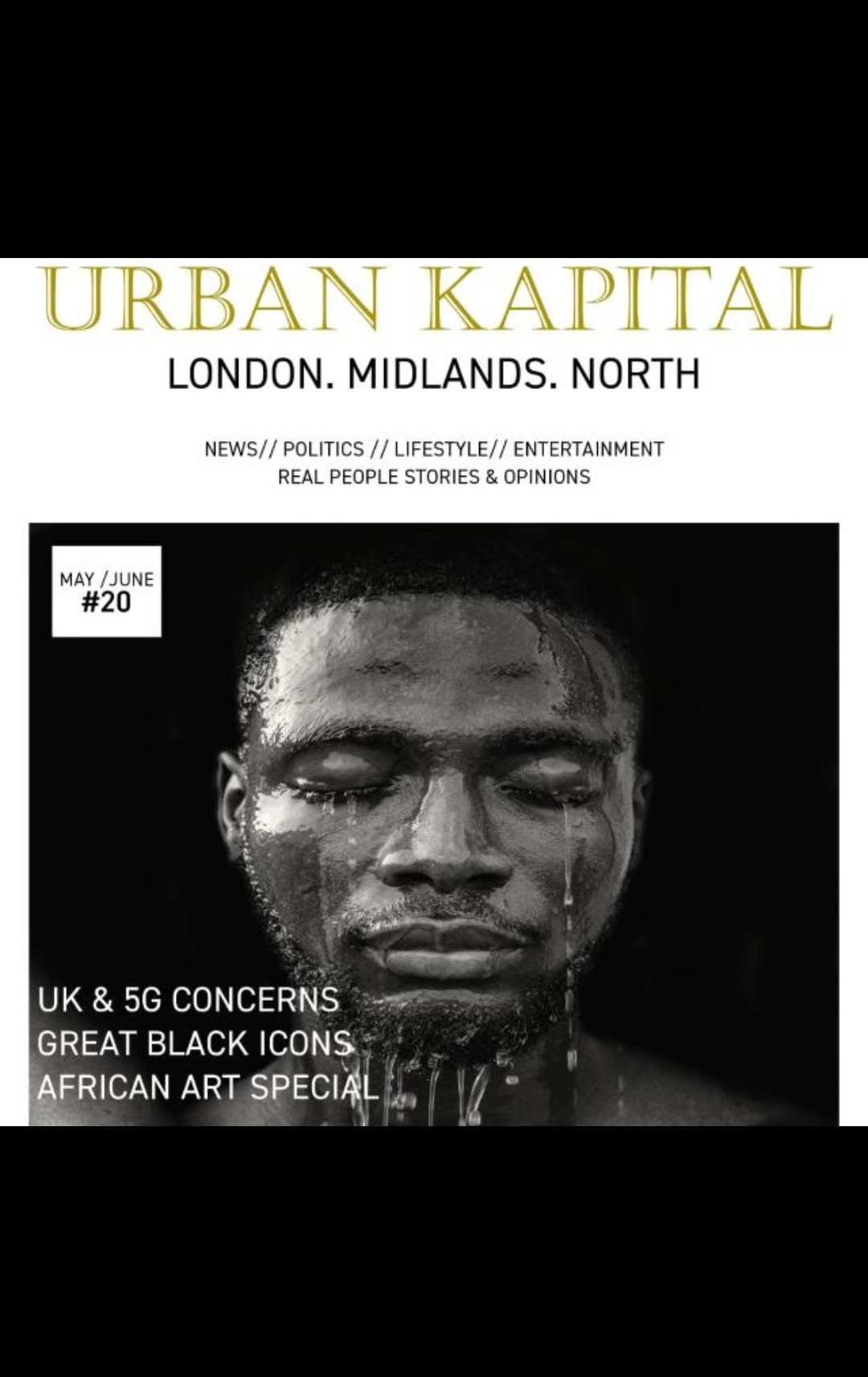Are young BAME workers likely to be hit hardest by the economic fallout from Coronavirus?
- Urban Kapital

- Jul 9, 2020
- 2 min read
Written by Konrad Ostrowski
The economic impacts of the Coronavirus pandemic are inevitable and have been since the UK entered into lockdown at the end of March. Despite the government’s furlough scheme, some businesses simply won’t survive, and many jobs will be lost.
The current UK unemployment rate is 3.9% (January-March 2020) but according to the Organisation for Economic Cooperation and Development (OECD), it could reach nearly 15% should the country experience a second wave of the virus. Even if another spike is avoided, the OECD projects unemployment in Britain to rise to 11.7%, the highest in over 30 years.
As is often the case, it is the youth of the country who will likely suffer most from such an economic crisis. Resolution Foundation, a London-based think-tank, found that young Britons who left education during the 2008 financial crash experienced higher unemployment rates than those who left with similar qualifications four years later.

Modelling by the Resolution Foundation predicts that a lower-skilled school leavers’ chances of employment in three years’ time have been reduced by a third due to the virus.
Kathleen Henehan, author of the study, said: “The ‘corona class of 2020’ could face years of reduced pay and limited job prospects, long after the current economic storm has passed, unless additional support is provided fast.”
While these predictions don’t bode well for young people as a whole, unemployment statistics paint an even more concerning picture for ethnic minorities trying to enter the world of work.
UK unemployment rates amongst those from BAME backgrounds have consistently been higher than the rate for White people. A government briefing paper on unemployment shows that between January and March 2020, 6.3% of BAME Britons were unemployed compared to 3.6% of their White peers.
Another ominous sign is that between 2008-2010, during the peak of the last economic crisis, BAME unemployment ranged between 10-15% while White unemployment didn’t even reach 8%.

This stays consistent when looking at age. Data for the whole of 2019 shows that the unemployment rate for White 16-24-year-olds was 10% compared to 21% for Black people of the same age group, 24% for Bangladeshi/Pakistani youths and 13% for people of Indian background.
Furthermore, a study produced in March found that Millennials from BAME backgrounds are at greater risk of being in unstable employment. The Race Inequality in the Workforce report was carried out by Carnegie UK Trust, the UCL Centre for Longitudinal Studies and Operation Black Vote.
The report found that BAME 25-year-olds are 47% more likely to be on zero-hours contracts and have a 10% greater chance of having a second job. They are also 5% more likely to be doing shift work and are 4% less likely to have a permanent contract than white workers of the same age.
All of these statistics show that, even before the pandemic, young BAME workers struggled significantly more than their white peers to find stable work, or even work at all. With an economic crisis looming and unemployment rates likely to soar, it is, once again, young ethnic minorities who are likely to suffer the most.










Comments